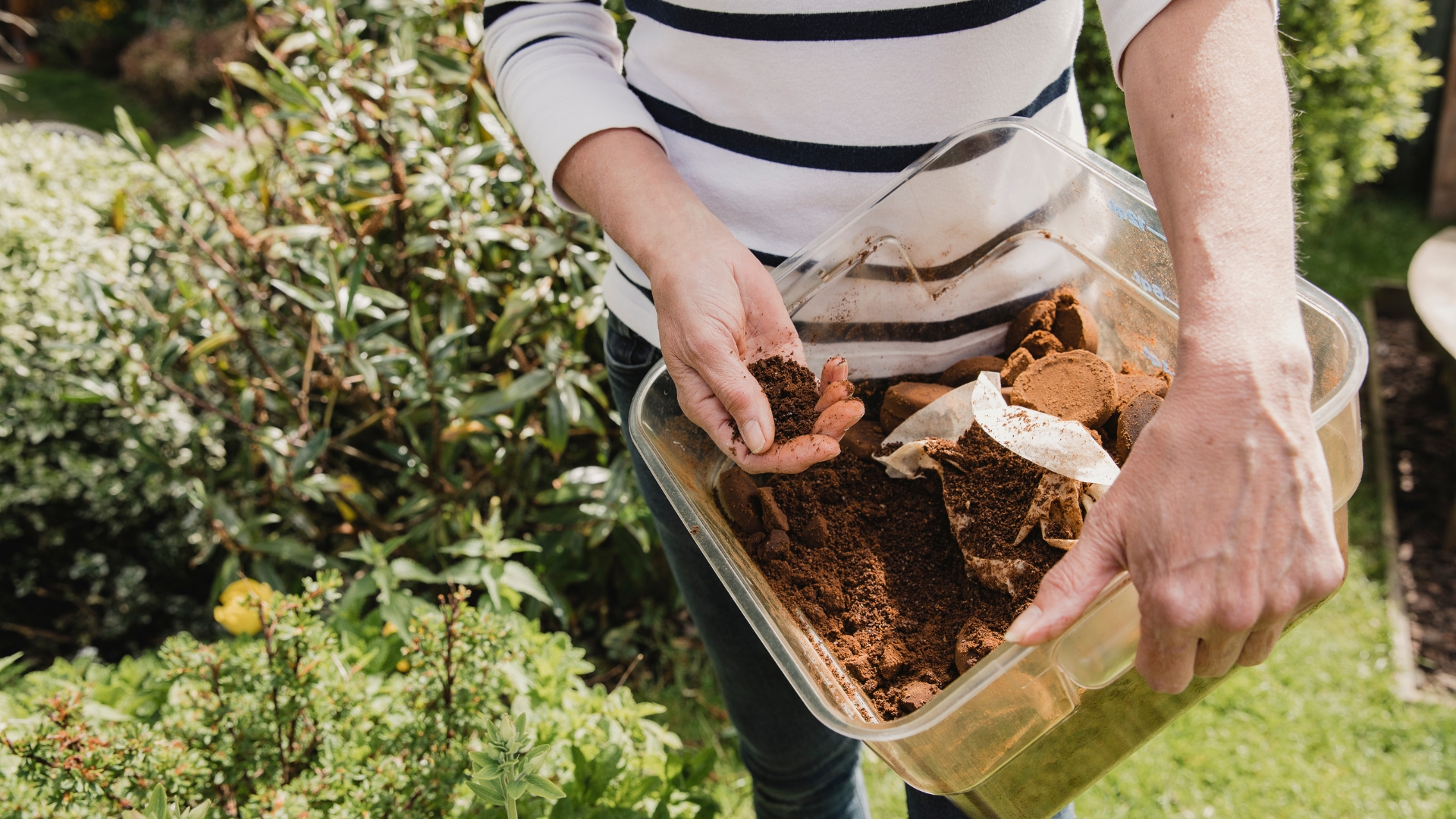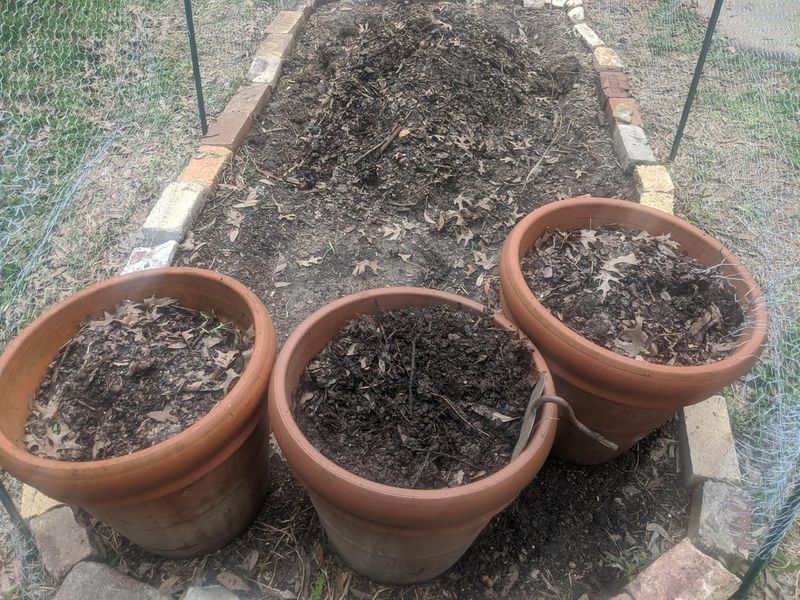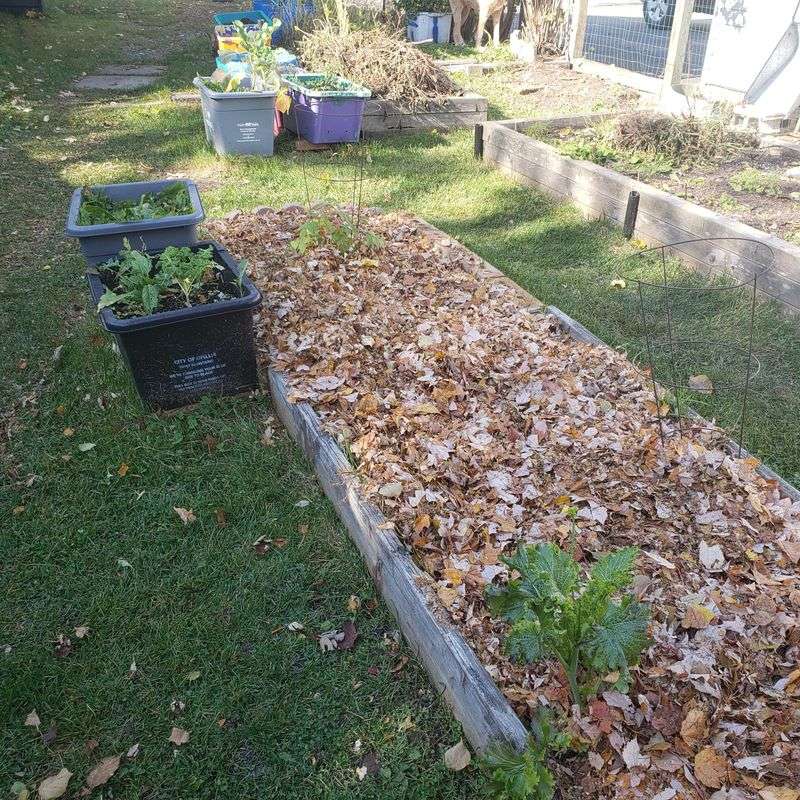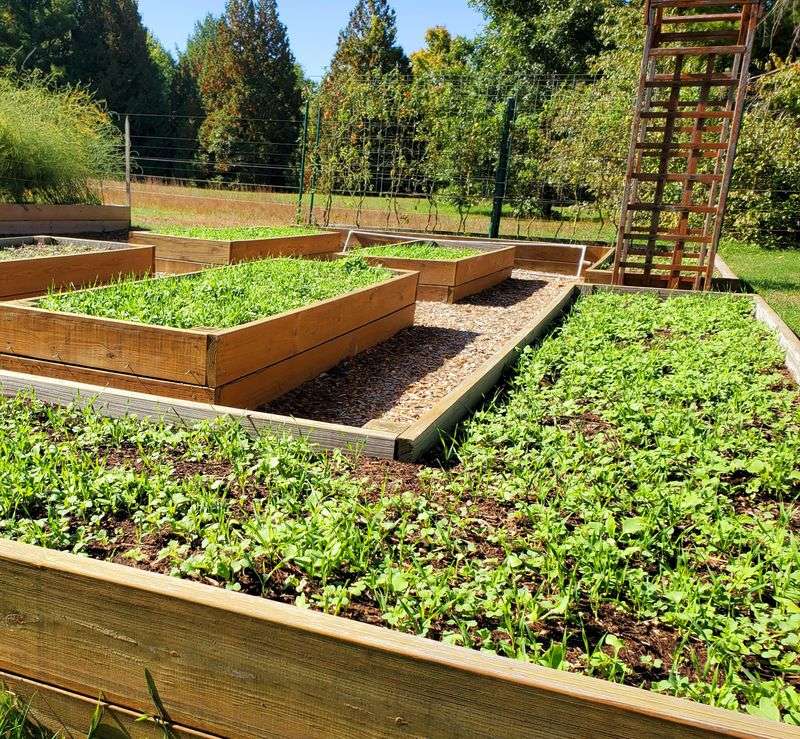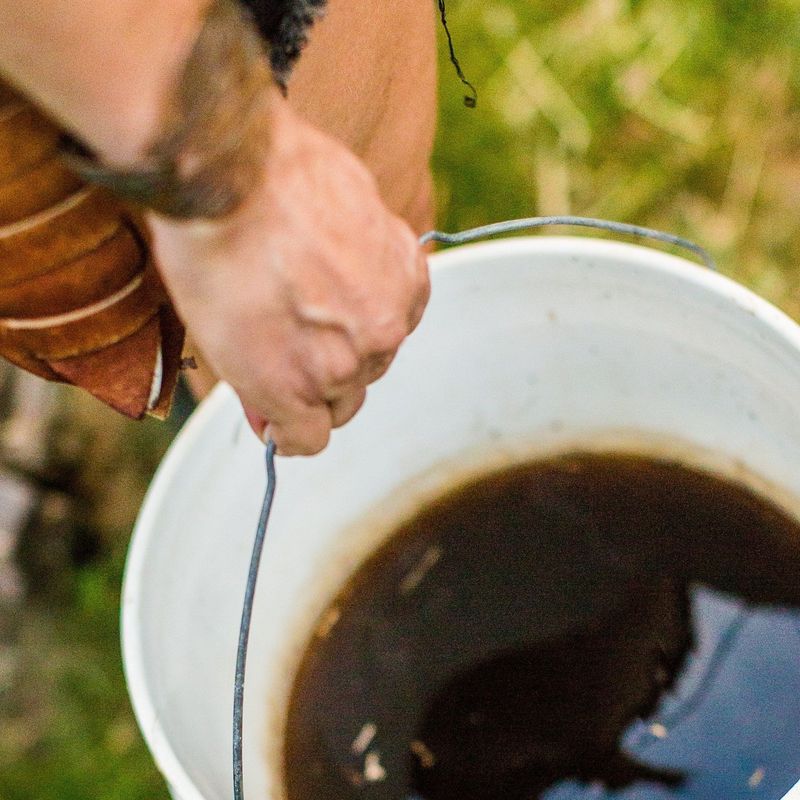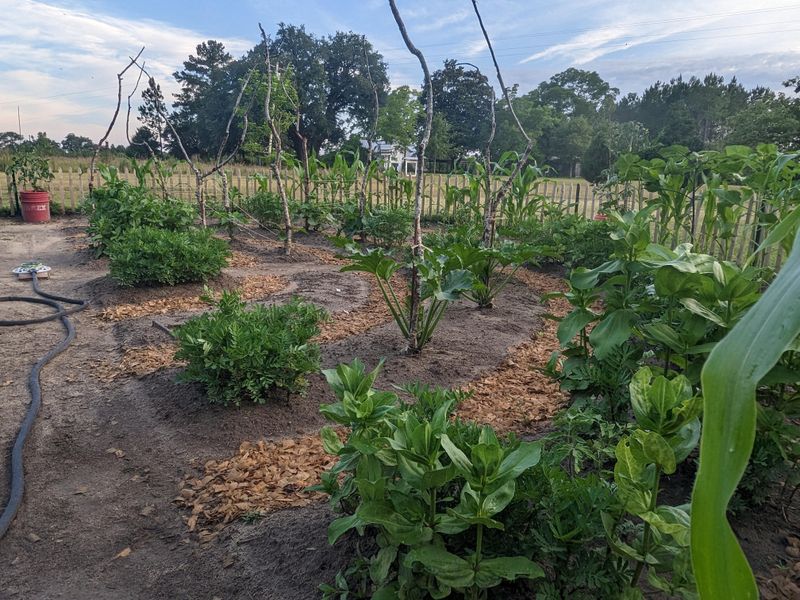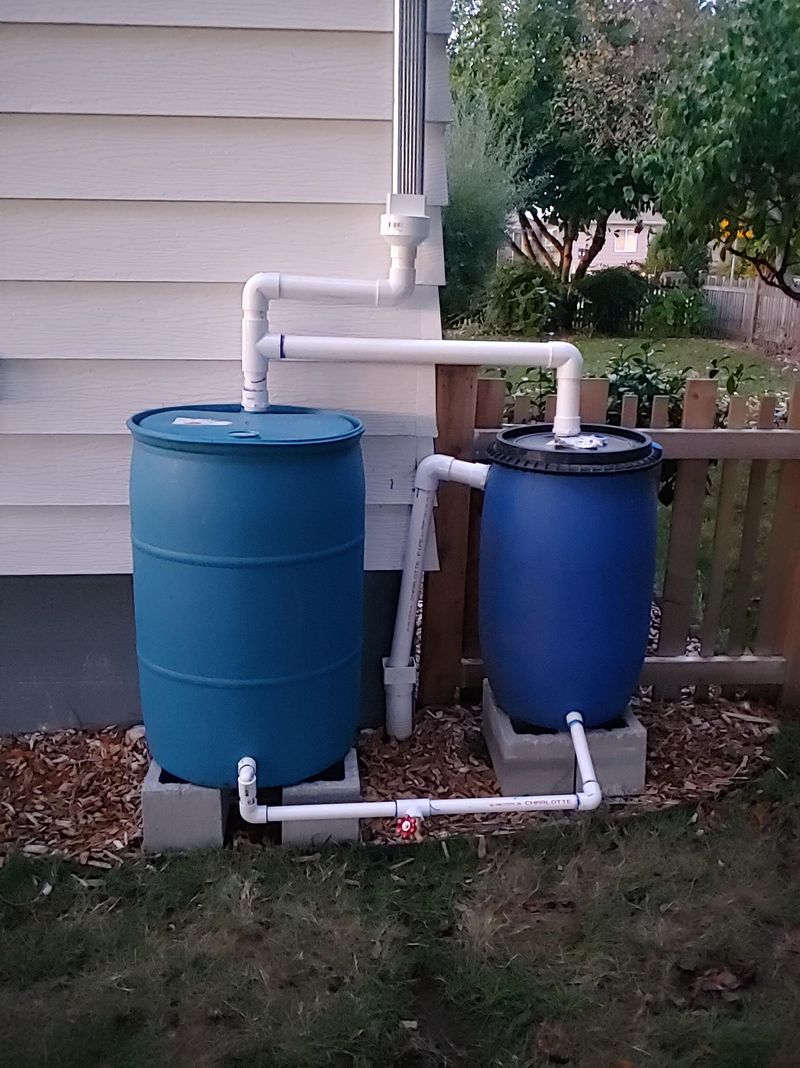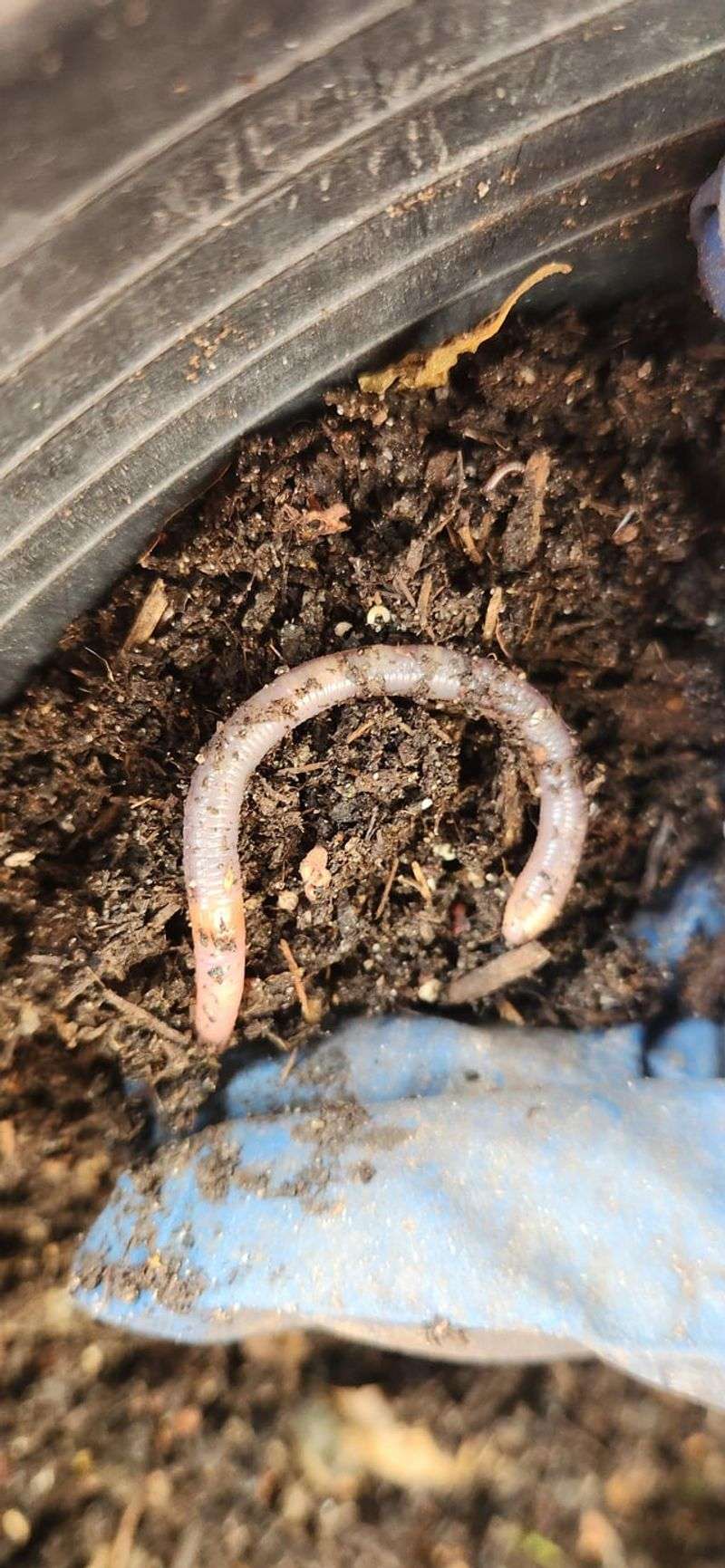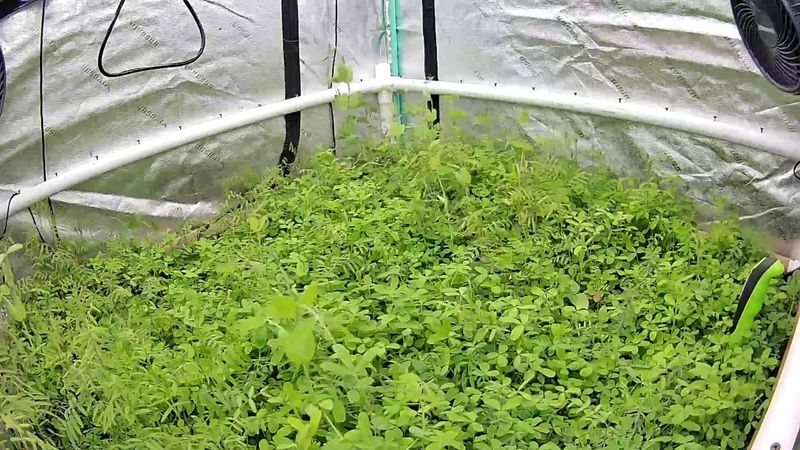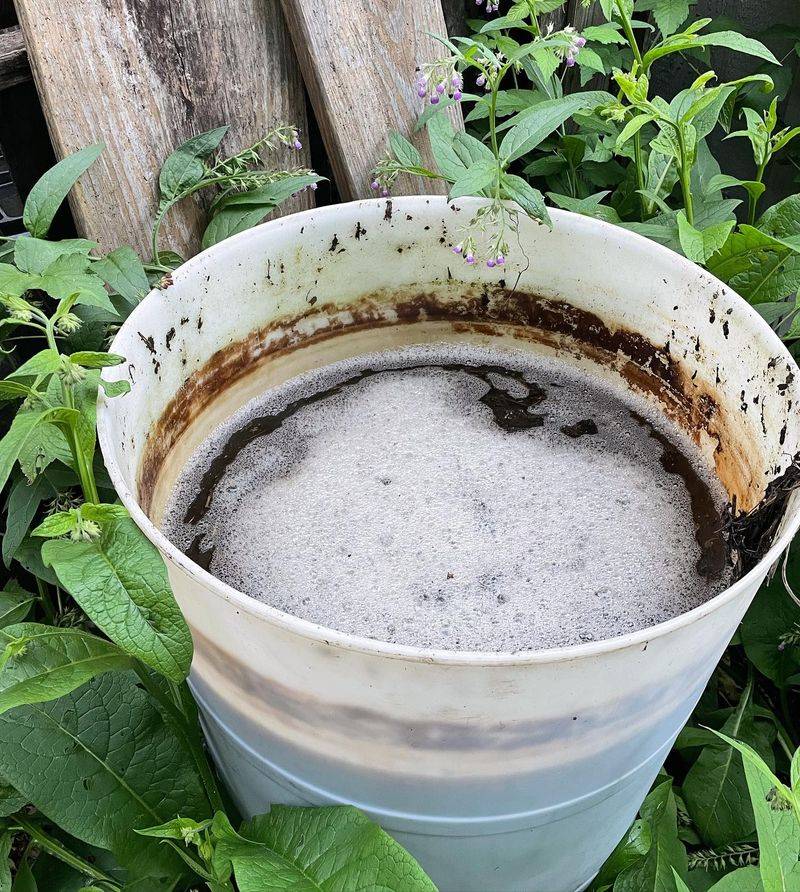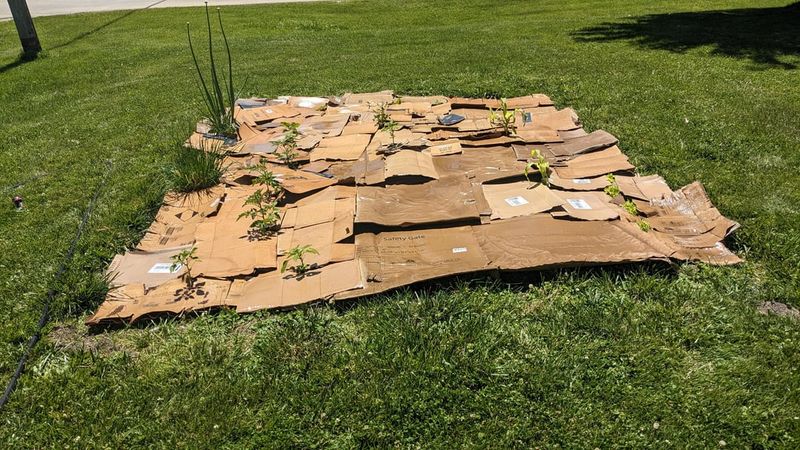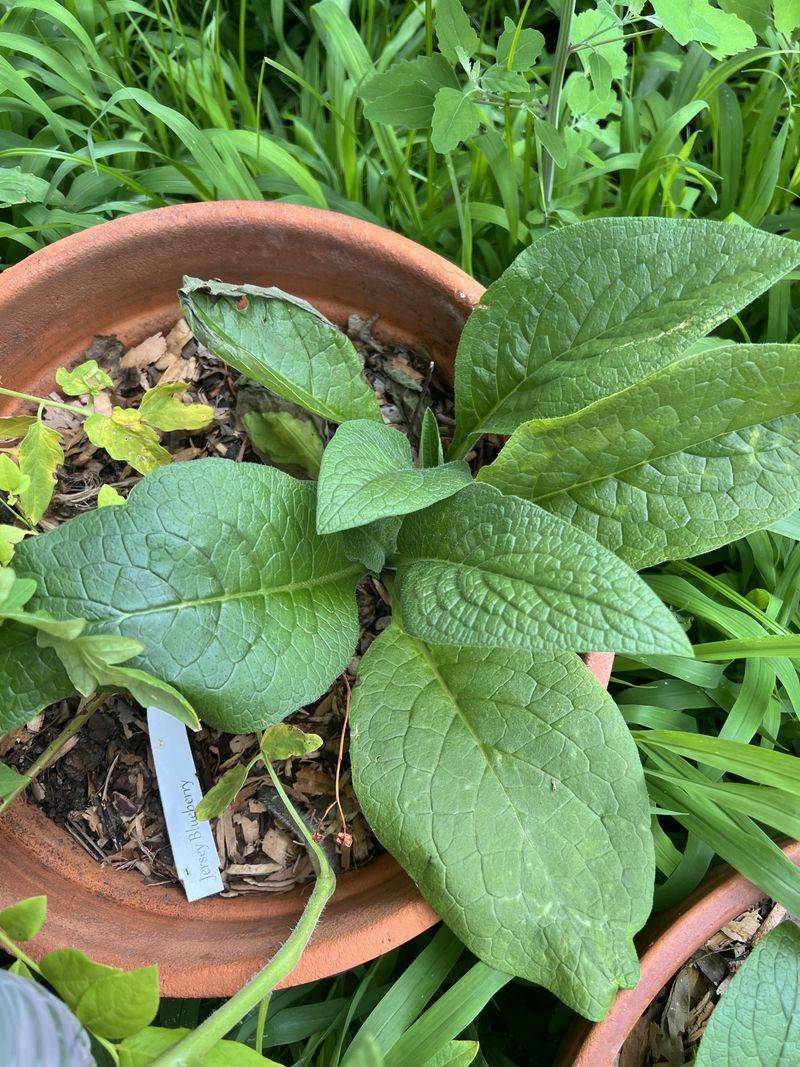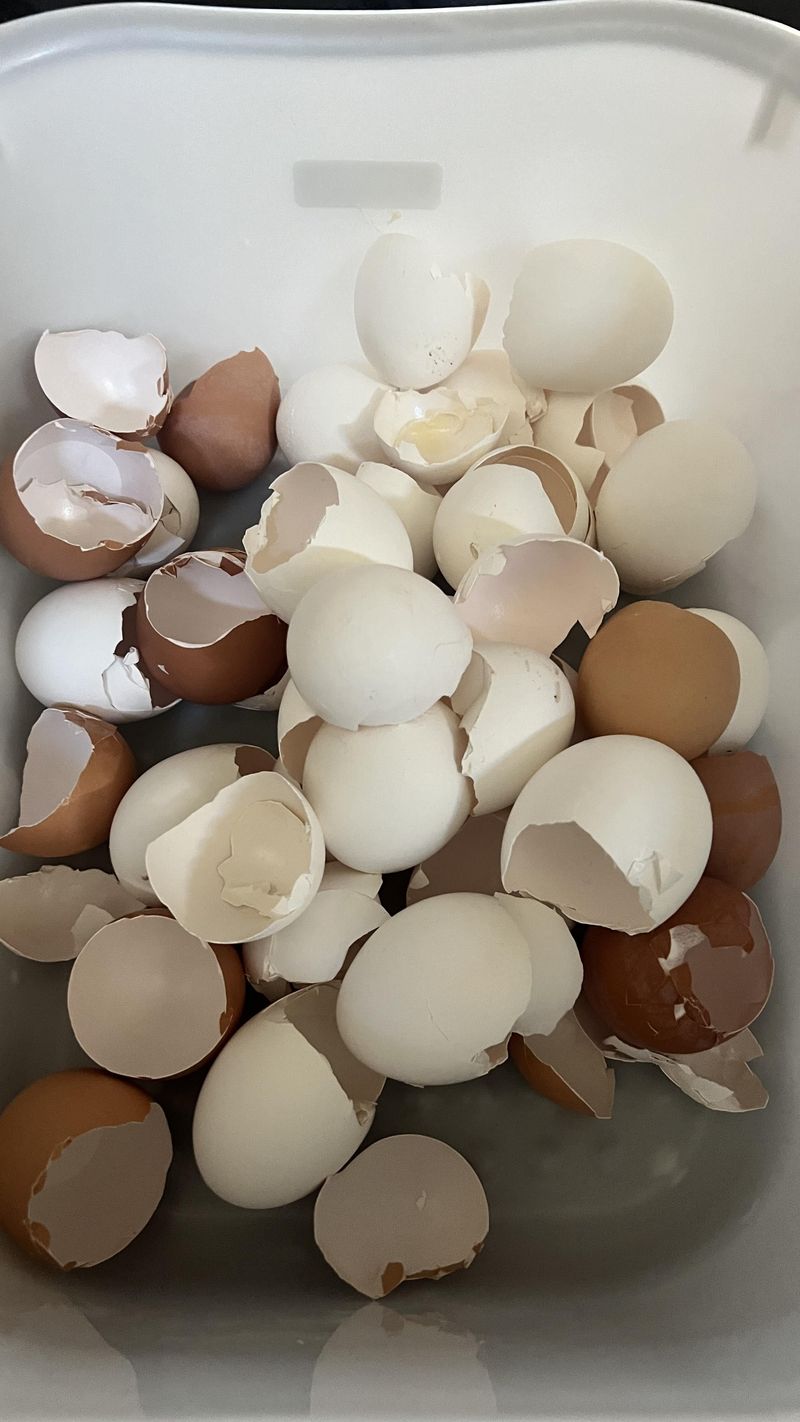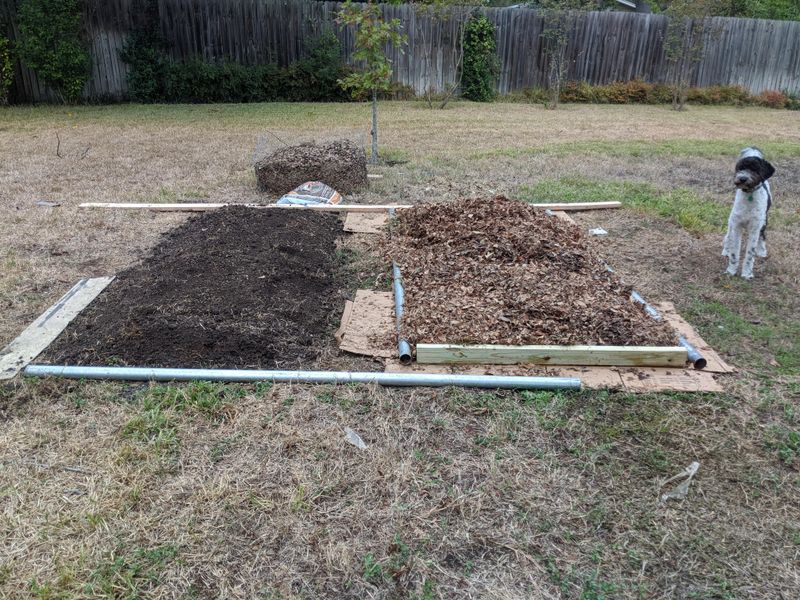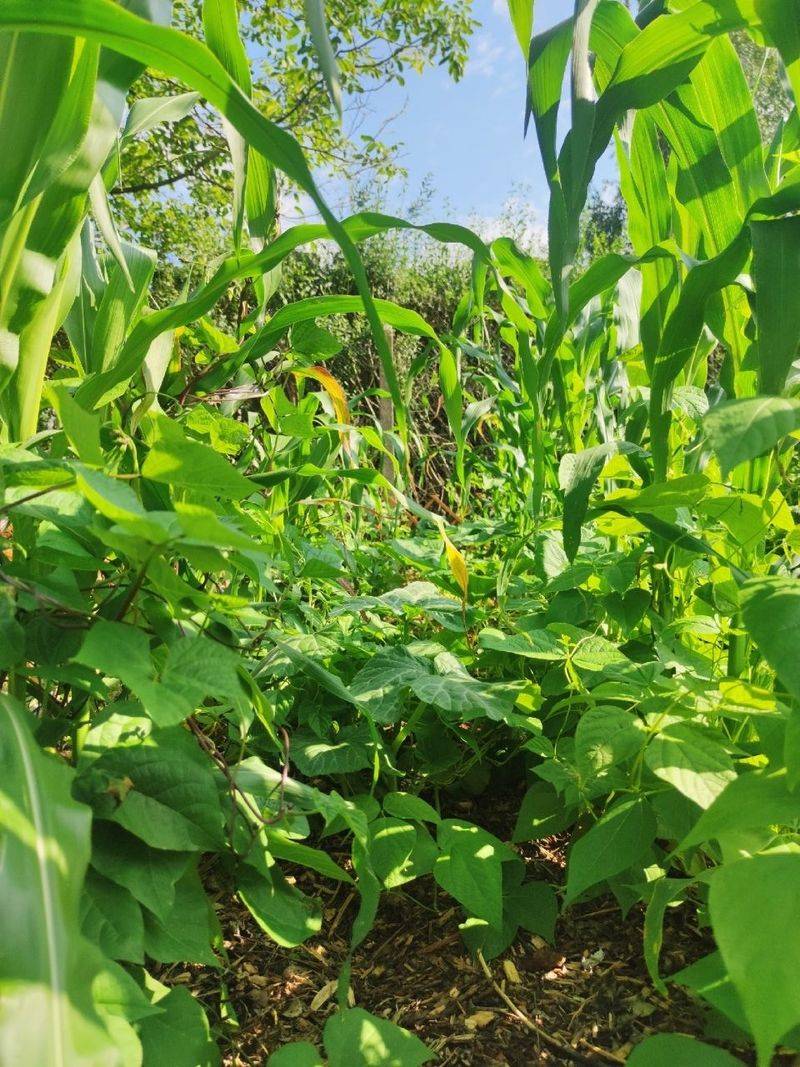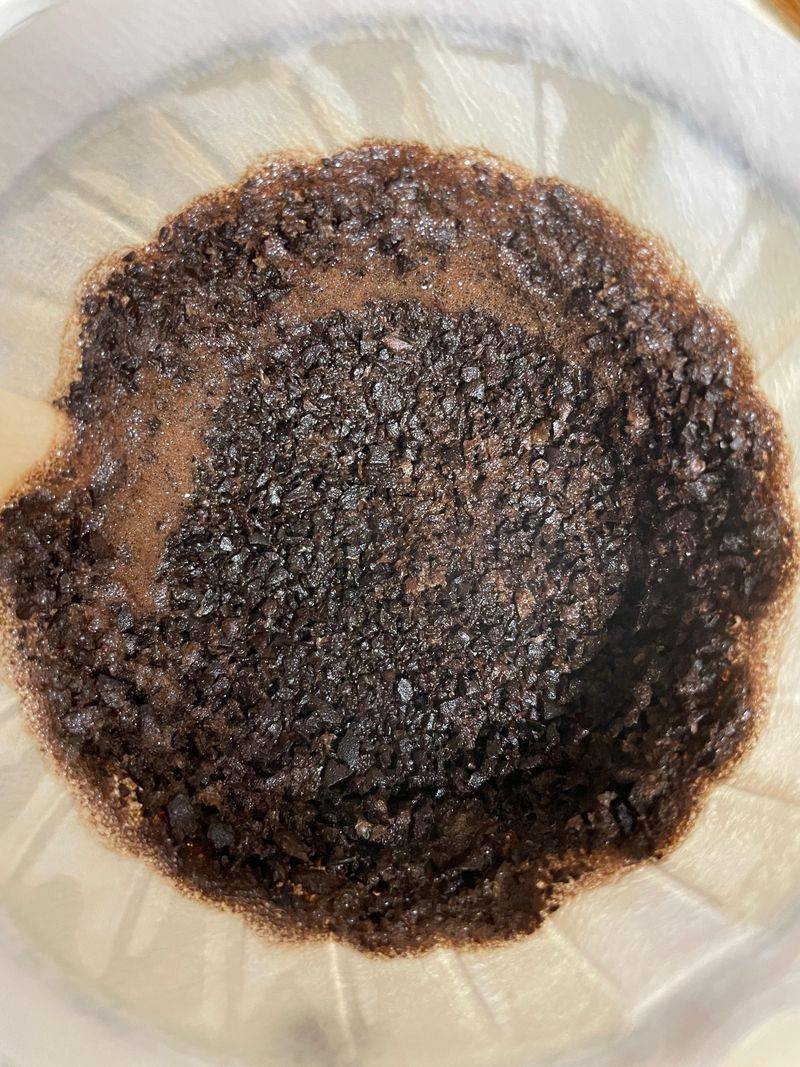Want better soil without breaking the bank or spending hours on complicated techniques? These 15 tips are super simple and won’t require any fancy tools, just a little time and care.
You’ll be amazed at how easily you can transform your garden soil into something rich and fertile. From using kitchen scraps to natural composting tricks, these ideas will work wonders on your garden’s health.
Get ready for soil that’s as happy as your plants will be!
1. Add Homemade Compost Regularly
Kitchen scraps and yard waste are garden gold waiting to happen. Collecting fruit peels, vegetable trimmings, coffee grounds, and fallen leaves creates nutrient-rich compost that feeds your soil naturally.
Your plants won’t know the difference between store-bought fertilizer and this homemade goodness, but your wallet certainly will. The microorganisms in compost help break down organic matter, creating the perfect environment for roots to thrive.
Even a small compost bin on your counter can collect enough material to make a difference. Start small and watch how quickly those scraps transform into dark, crumbly soil that smells earthy and fresh.
2. Mulch Your Beds With Leaves
Those autumn leaves falling in your yard aren’t yard waste – they’re free soil improvers! Spreading a layer of leaves around your plants creates a natural blanket that breaks down slowly, adding organic matter to your soil.
Leaf mulch prevents weeds from getting established while retaining moisture during hot weather. The earthworms absolutely love this environment and will work tirelessly, pulling the decomposing leaves into the soil and aerating as they go.
Shred the leaves first by running over them with a lawn mower for faster breakdown. A 2-3 inch layer is perfect – too thick and water might have trouble reaching the soil.
3. Grow Cover Crops During Off-Seasons
Empty garden beds are missed opportunities! Planting cover crops like clover, buckwheat, or winter rye during your garden’s downtime prevents soil erosion while adding valuable nutrients when you turn them under.
The roots of these plants break up compacted soil naturally, creating channels for water and air. Some cover crops, especially legumes like clover and vetch, actually pull nitrogen from the air and fix it in the soil where your future plants can use it.
Cut down your cover crop about two weeks before you plan to plant, leaving the roots in place and using the tops as mulch. This simple practice mimics nature’s way of keeping soil healthy year-round.
4. Brew Compost Tea For Liquid Feeding
Garden magic happens when you soak finished compost in water overnight. This creates a nutrient-rich liquid that can be poured directly around your plants, delivering an immediate boost of beneficial microbes and plant food.
Unlike chemical fertilizers that can burn plants if overapplied, compost tea is gentle enough to use weekly during the growing season. The liquid seeps quickly into the soil, feeding both plants and the soil food web that supports them.
Make it simple: fill an old pillowcase with compost, tie it closed, and suspend it in a bucket of water like a giant tea bag. After 24 hours, you’ll have a brown liquid that’s packed with goodness for your garden.
5. Plant Deep-Rooted Crops In Rotation
Some plants are natural soil improvers thanks to their impressive root systems. Daikon radishes, sunflowers, and certain cover crops send taproots deep into the ground, breaking up compacted layers that shovels can’t reach.
These root channels remain even after the plants die, creating pathways for water, air, and future plant roots. Think of them as free underground plowing! The decaying roots also add organic matter deep in the soil profile where it’s needed most.
Try growing a bed of radishes or sunflowers this season, then plant something different there next year. This natural rotation helps prevent pest buildup while continuously improving your soil structure from the bottom up.
6. Collect Rainwater For Better Watering
Municipal water often contains chlorine and other chemicals that can harm the beneficial microbes living in your soil. Rainwater, on the other hand, is naturally soft and slightly acidic, making nutrients more available to your plants.
Setting up a simple rain barrel under a downspout captures this garden-friendly water for free. The natural temperature of rainwater also causes less shock to plant roots compared to cold hose water.
Even a small collection system makes a difference during dry spells. Your soil structure improves when watered with chemical-free rainwater, and plants respond with healthier growth. Plus, you’ll save money on your water bill!
7. Invite Worms With Simple Feeding
Earthworms are nature’s perfect soil improvers, and you can attract more of them without buying a single one. Spreading a thin layer of used coffee grounds directly on your soil creates an irresistible buffet for these helpful creatures.
As worms tunnel through soil, they create channels for water and air while leaving behind castings rich in nutrients and beneficial bacteria. Their digestive systems transform ordinary soil into super-charged plant food. One worm can produce its weight in castings daily!
Coffee grounds work especially well because they’re slightly acidic and full of nitrogen. Sprinkle them lightly around plants once a week, and soon you’ll notice more worm activity as they come to feast on this free treat.
8. Chop-and-Drop Plant Prunings
Those herb trimmings and vegetable plants you’re about to toss in the compost bin? Cut them into small pieces and drop them right back onto your garden beds instead. This mimics the natural cycle of forests where plants decompose right where they grew.
Fresh green material breaks down quickly, releasing nitrogen, while woody stems provide longer-lasting carbon. Together, they feed soil microbes that convert these materials into plant-available nutrients. The chopped matter also protects soil from temperature extremes and erosion.
Leave roots in the ground when possible, as they’ll decompose and create channels for air and water. This simple practice saves time hauling garden waste and returns nutrients exactly where they’re needed most.
9. Brew Weed Tea Fertilizer
Those pesky weeds you pull can become powerful plant food through a simple fermentation process. Fill a bucket halfway with weeds, cover with water, and let sit for 1-2 weeks with an occasional stir. The resulting dark liquid contains nitrogen, phosphorus, and trace minerals.
Different weeds contribute different nutrients – dandelions pull up calcium and potassium from deep in the soil, while comfrey leaves are rich in nitrogen. This brewing process captures these nutrients in a form plants can readily absorb.
Dilute the finished tea to the color of weak tea before applying around plants. The mild smell during brewing means it’s working! This free fertilizer recycles nutrients already present in your garden while reducing your weed problem.
10. Use Cardboard As Sheet Mulch
Flattened cardboard boxes become powerful soil builders when laid directly on garden beds. This free material smothers weeds while slowly decomposing into the soil below, adding carbon and creating habitat for earthworms and beneficial insects.
The corrugated layers hold moisture like a sponge, reducing water needs during dry spells. Remove tape and labels first, then overlap pieces to prevent gaps where weeds might emerge. Water thoroughly after laying down to start the decomposition process.
Cover the cardboard with compost, leaves, or wood chips for a more finished look. By next season, worms will have transformed much of it into rich soil. This method works especially well for creating new garden beds over grass without digging.
11. Grow Nutrient-Mining Plants
Some plants act like natural miners, pulling specific nutrients from deep soil layers and making them available in their leaves. Comfrey, with roots reaching 10 feet down, brings up potassium and other minerals that might be locked away from shallow-rooted vegetables.
Cutting these plants periodically and using their leaves as mulch creates a slow-release fertilizer exactly where you need it. The leaves break down quickly, releasing their stored nutrients right at the soil surface where vegetable roots can access them.
Grow a few comfrey or yarrow plants in permanent spots around your garden edges. Just a few plants produce enough leaves for multiple nutrient-rich mulchings throughout the growing season, creating healthier soil without any purchased inputs.
12. Incorporate Crushed Eggshells Gradually
Those breakfast eggshells headed for the trash can instead become a free calcium supplement for your garden. Rinse them quickly, let them dry on the counter, then crush them between your fingers directly onto the soil around plants.
Tomatoes, peppers, and other fruiting vegetables particularly benefit from this calcium boost, which helps prevent blossom end rot. The sharp edges of crushed shells also deter slugs and snails that might damage tender plants.
For faster results, grind dried shells in a coffee grinder until powdery before applying. While eggshells break down slowly, this regular addition builds calcium levels over time and improves soil structure in clay soils, all from a resource most households throw away daily.
13. Practice No-Dig Gardening Methods
Putting away your shovel might be the best thing you ever do for your soil. Excessive digging disrupts the complex soil food web and brings weed seeds to the surface where they can germinate. Instead, build soil from the top down by adding organic matter to the surface.
Nature doesn’t till the forest floor, yet woodland soil remains incredibly fertile. Mimicking this process in your garden preserves soil structure, fungal networks, and earthworm tunnels that might take years to rebuild after digging.
Start by applying compost directly on top of existing soil, then plant into this layer. Each season, add another inch of compost on top. Within a few years, you’ll have built incredibly rich soil without the backbreaking work of digging.
14. Rotate Crop Families Yearly
Moving plant families to different garden spots each year improves soil health naturally. Different plants use different nutrients and leave behind various beneficial compounds in their roots, creating a more balanced soil over time.
Legumes like peas and beans add nitrogen to soil, making them perfect before heavy feeders like corn or cabbage. Root crops break up compaction, while leafy greens with their shallow roots allow deeper soil layers to rest. This rotation interrupts pest and disease cycles that build up when the same crops grow in the same spots.
Keep a simple garden map each season to track what grew where. Even in small gardens, this rotation principle can be applied by dividing beds into sections that receive different plant families each year, leading to healthier soil and stronger plants.
15. Sprinkle Used Coffee Grounds Regularly
Morning coffee rituals can double as garden care when you save those used grounds. Coffee grounds add nitrogen to soil while improving drainage in clay and water retention in sandy soils – the best of both worlds!
The slightly acidic nature of coffee grounds helps acid-loving plants like blueberries, azaleas, and certain vegetables thrive. The dark color of grounds also absorbs heat, warming soil earlier in spring for faster seed germination.
Sprinkle a thin layer directly on soil surface once weekly, or add to your compost pile for a nitrogen boost. Many coffee shops give away used grounds for free if you bring your own container, providing enough to treat larger garden areas without spending a penny.

